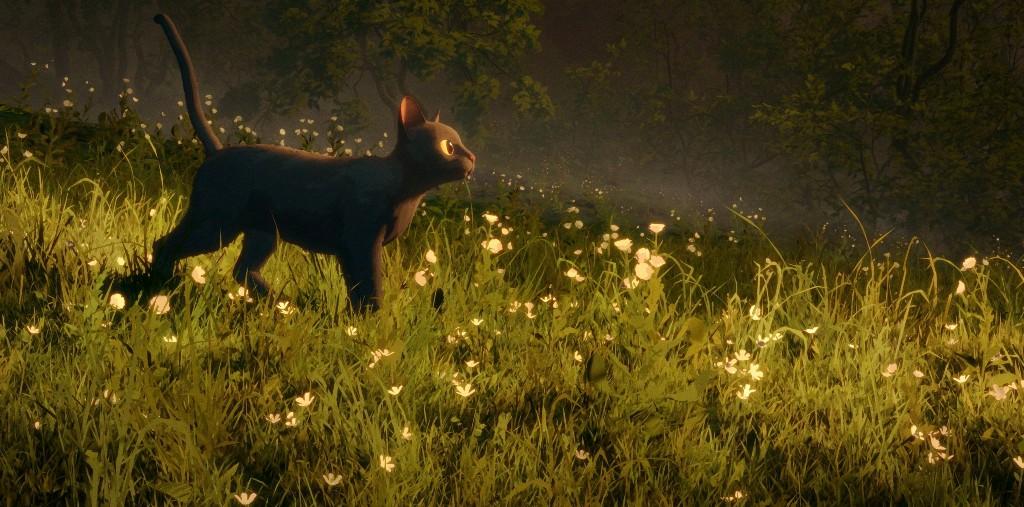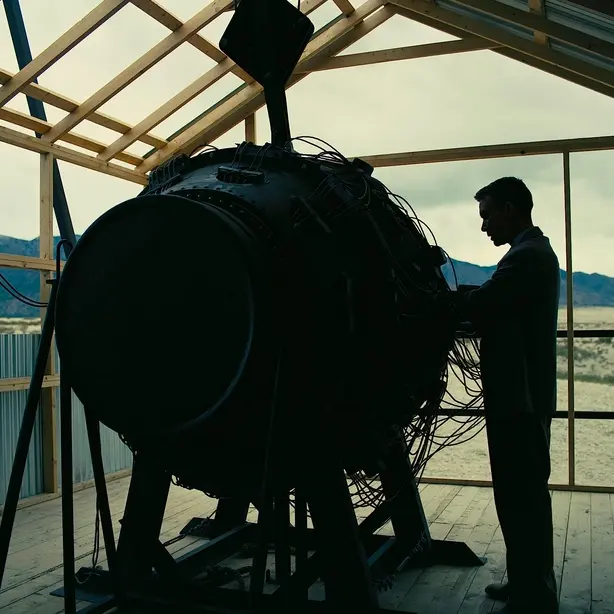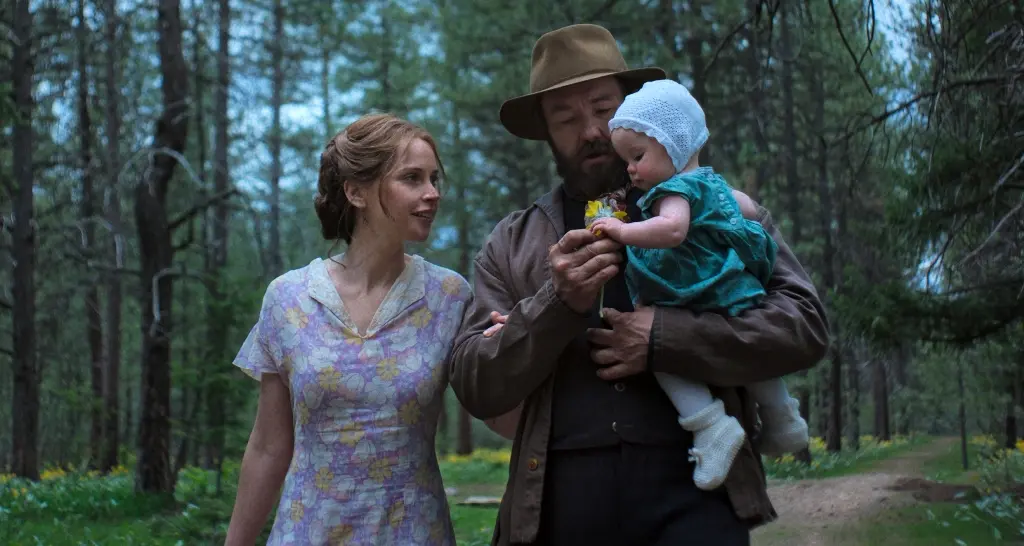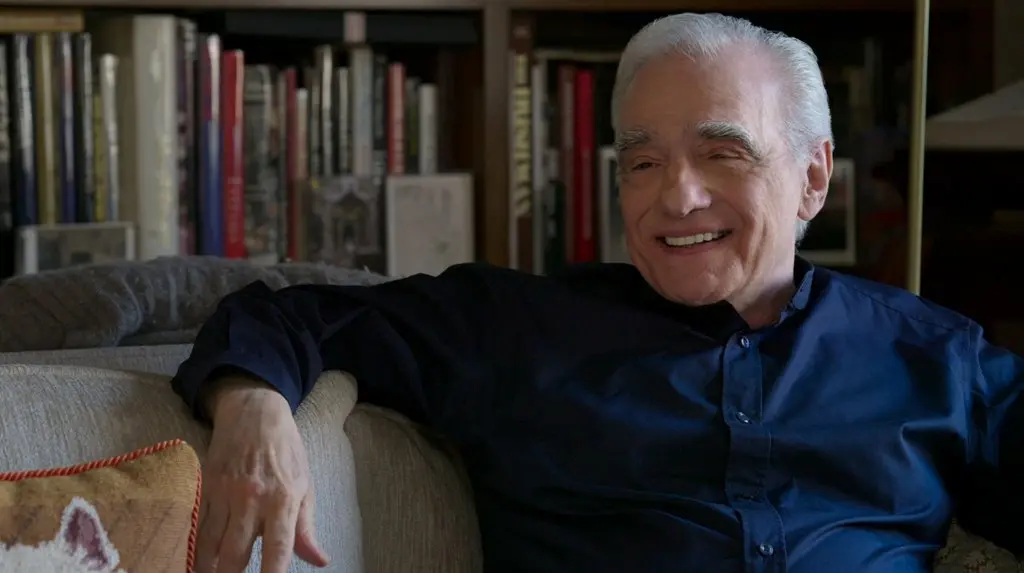PG | 1h 24m | Animation, Drama, Family, Adventure | 2024
I have to admit that since I was a wee lad, I’ve had a love-hate relationship with animated features. If one’s age is in the single digits, animation is great, quality notwithstanding. It’s like a fish gazing at lures. Whether real or fake, they look good. However, the attention spans of young children are limited, which is why I still treasure the Warner Bros. shorts released in the 1940s, 1950s, and early 1960s.






